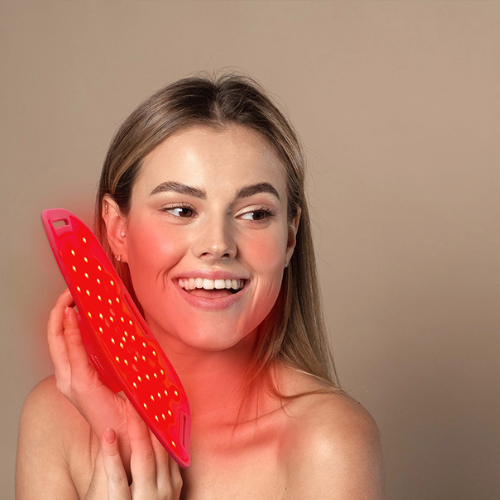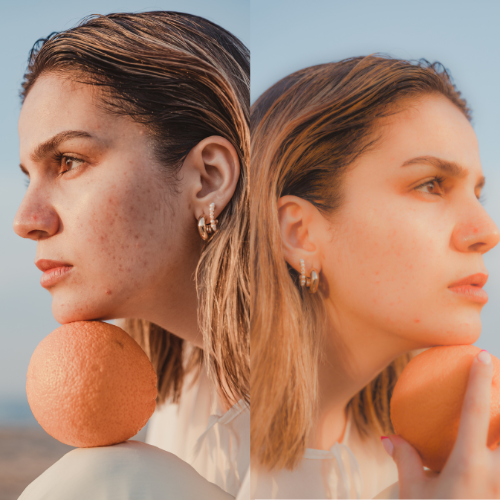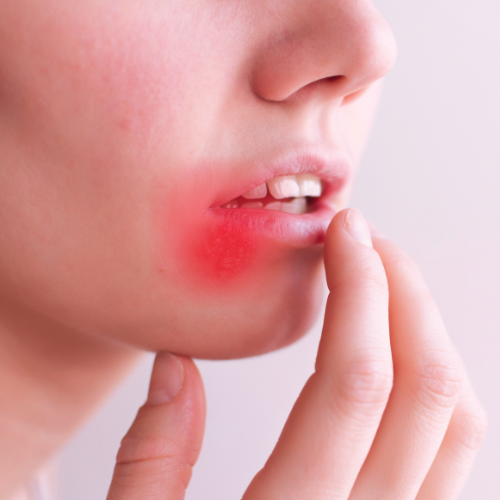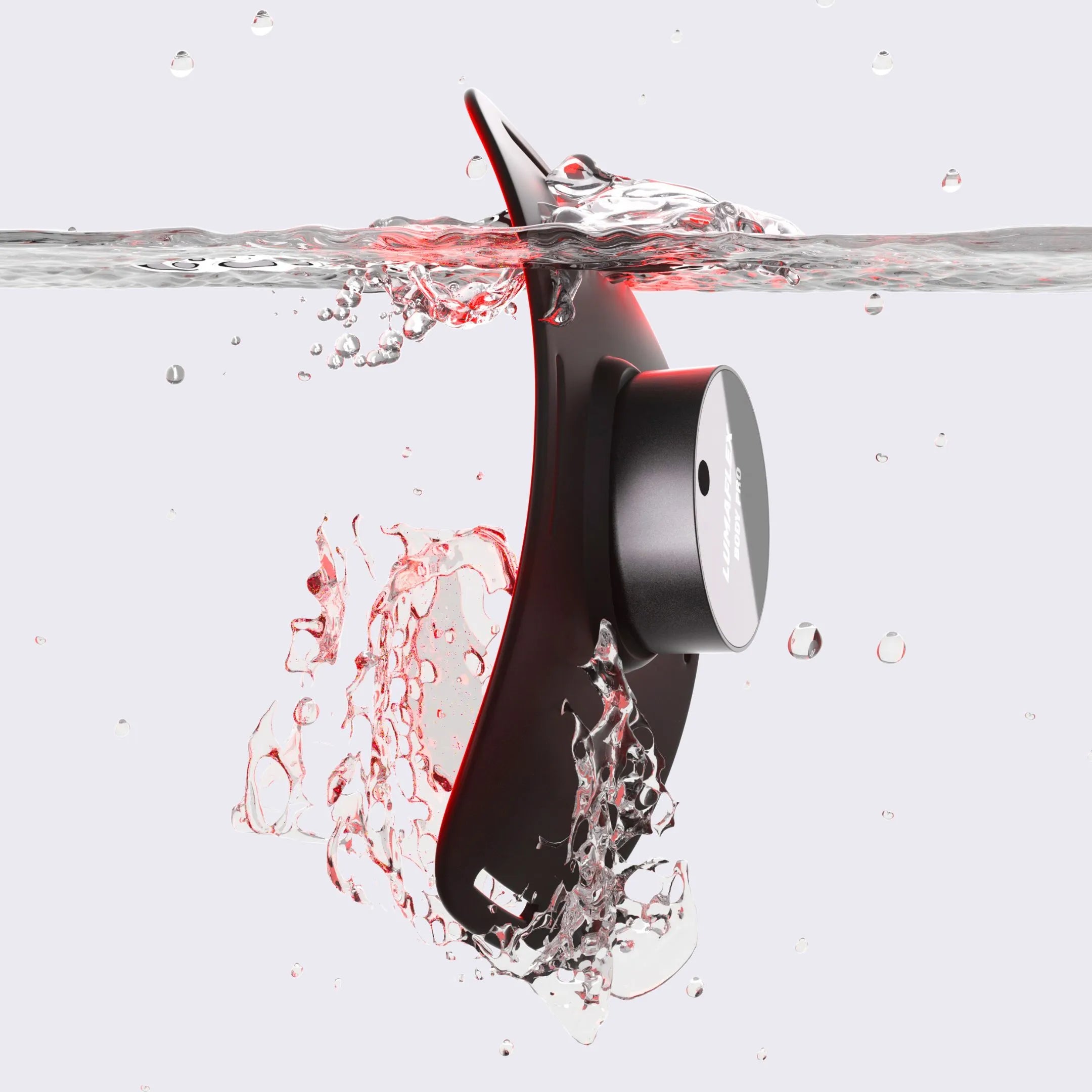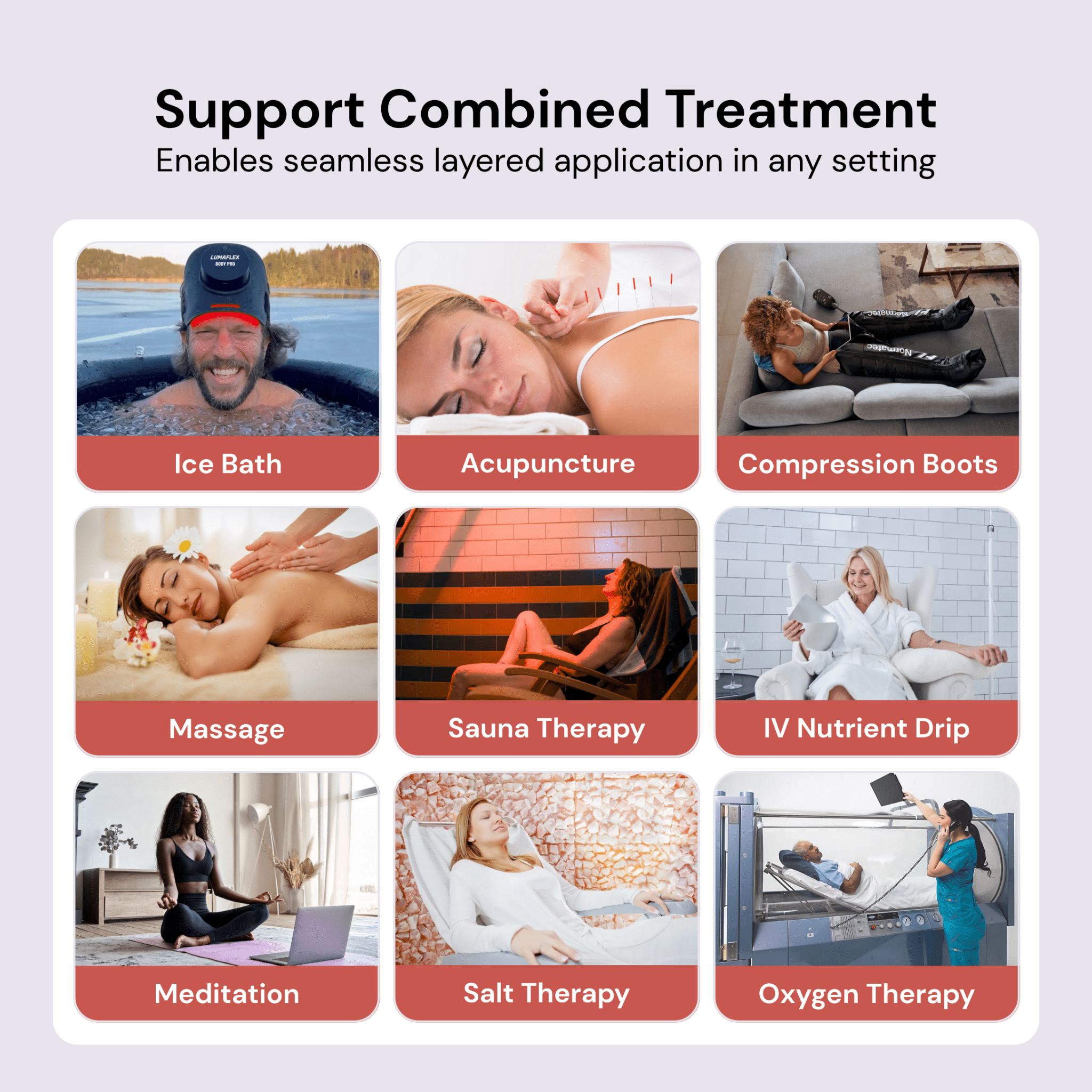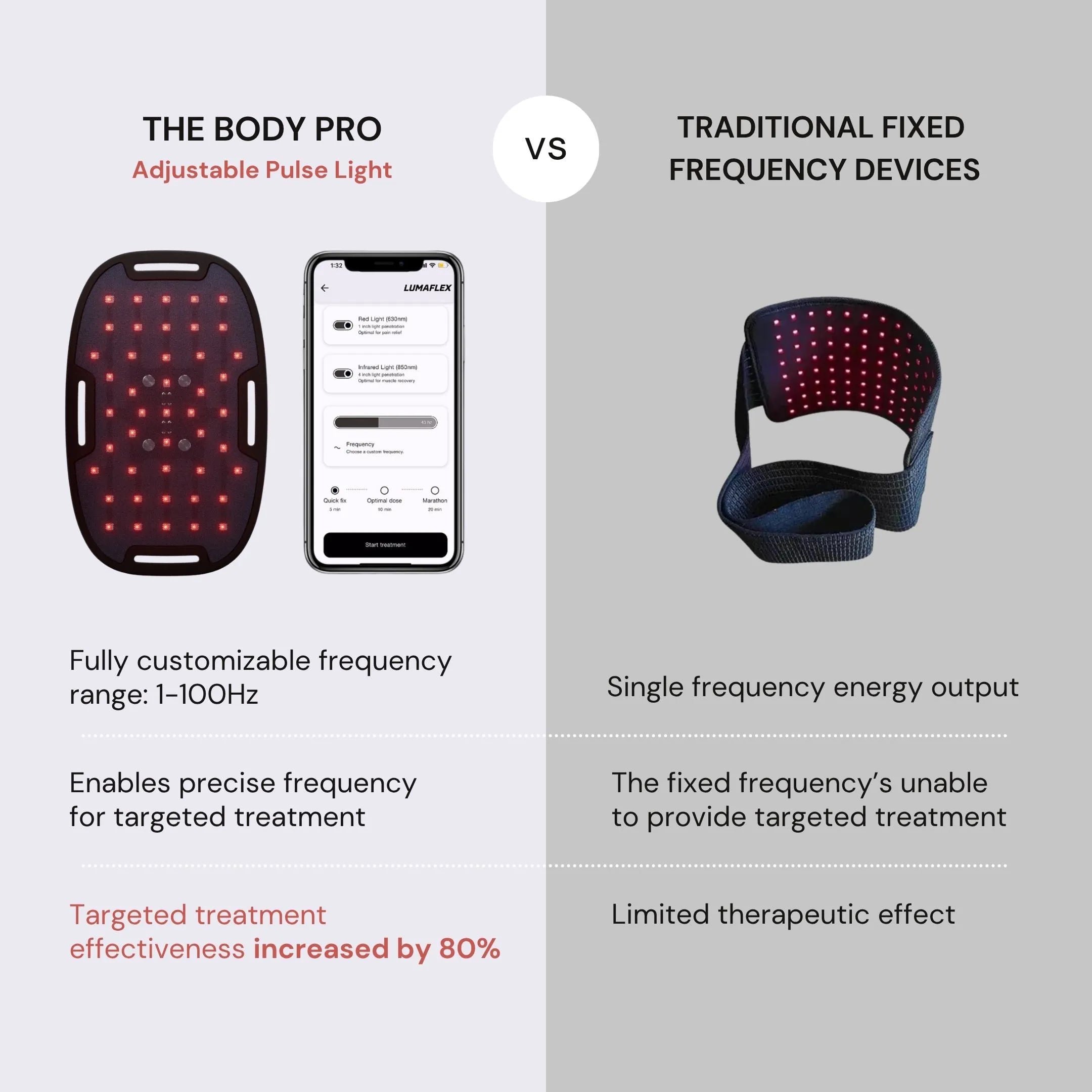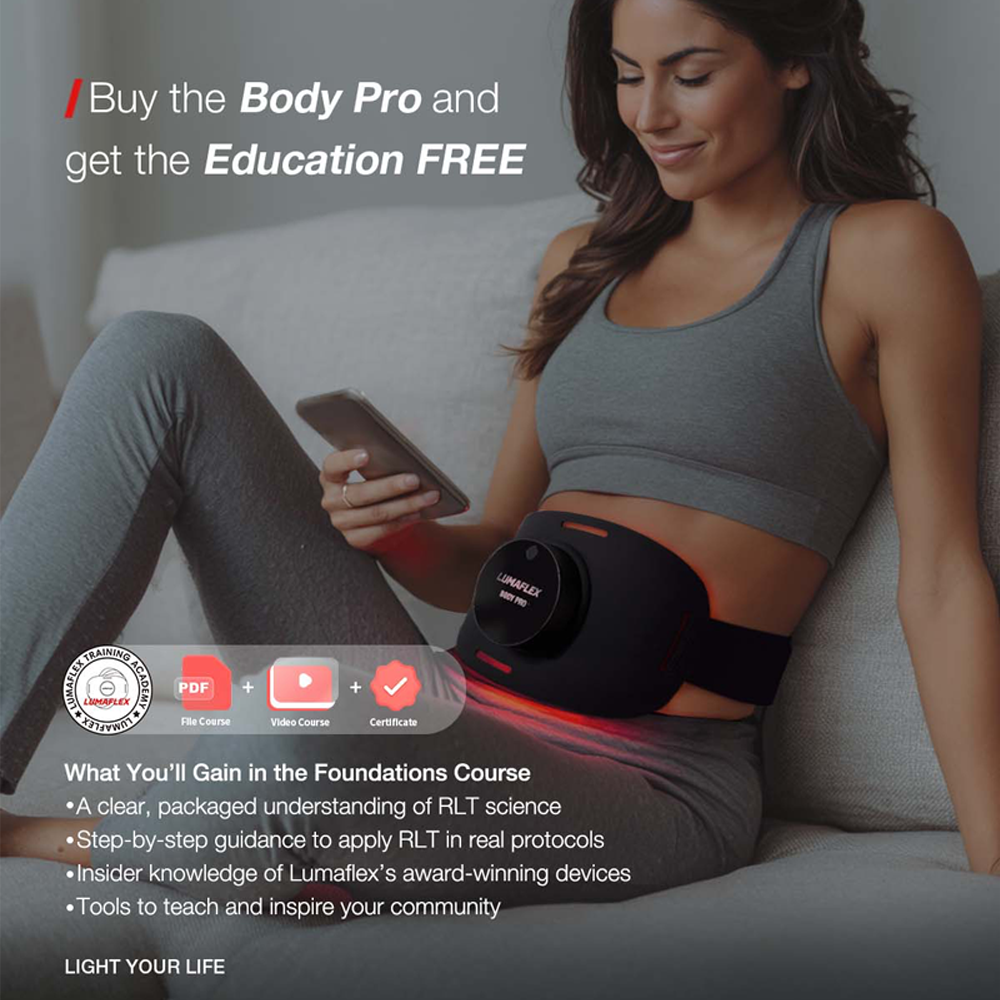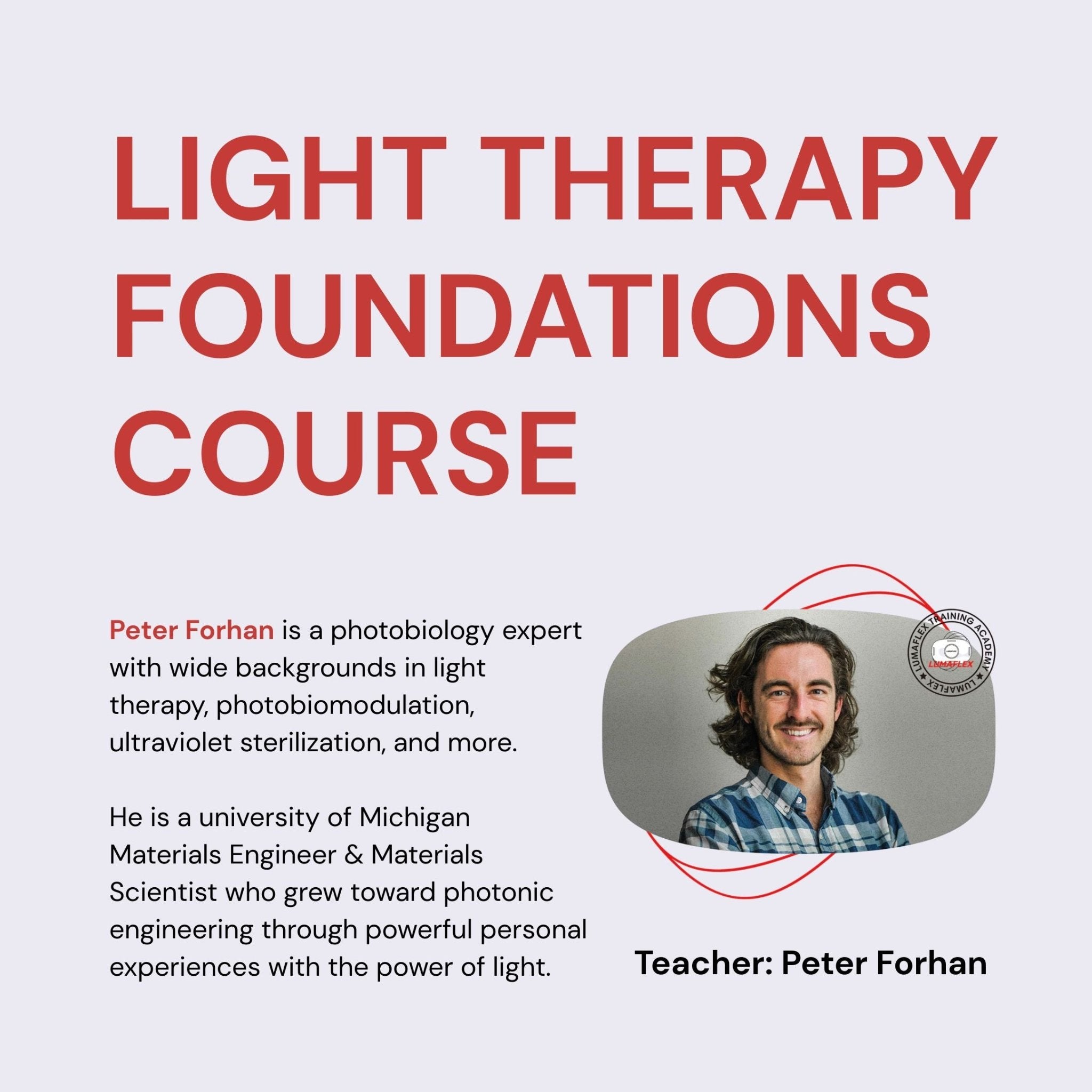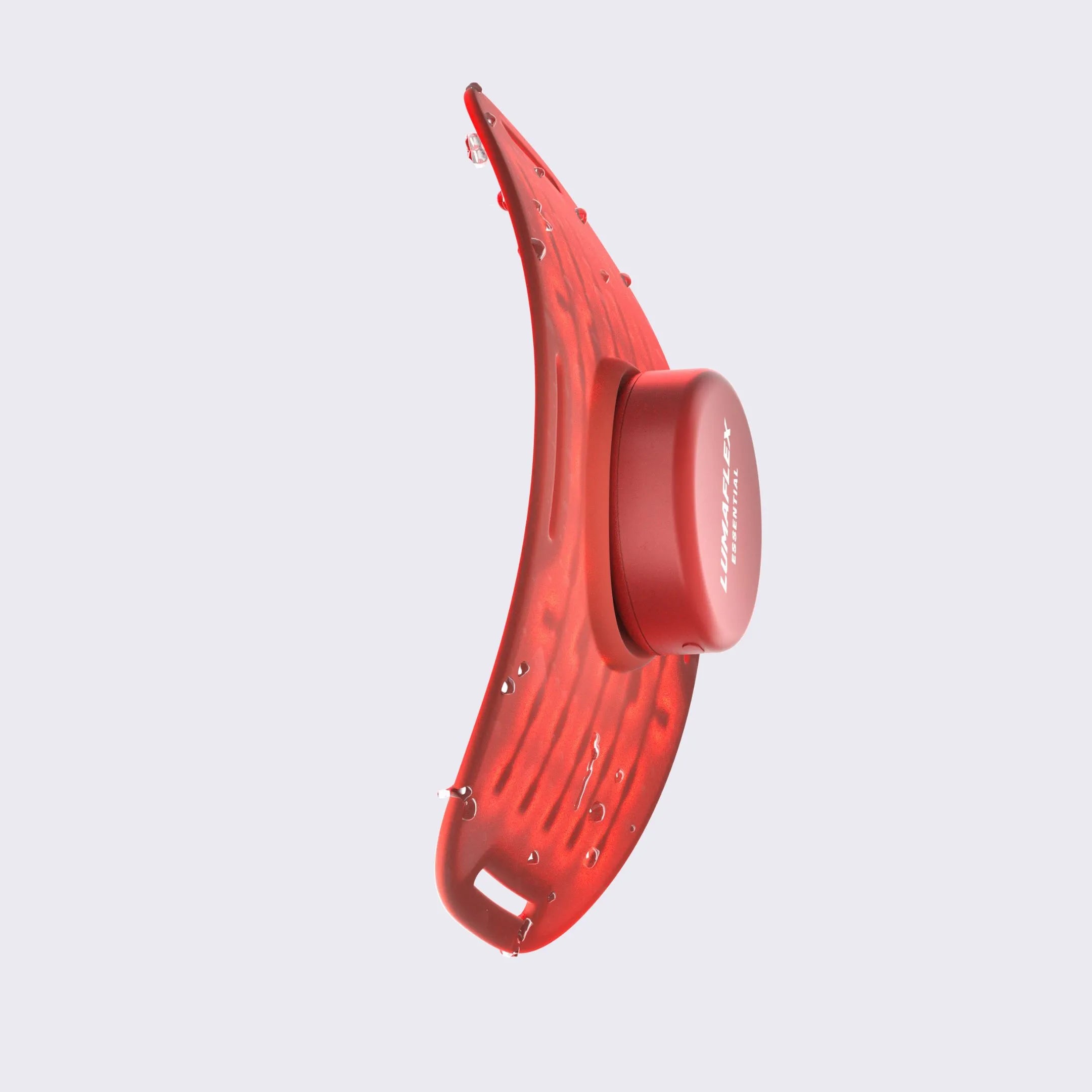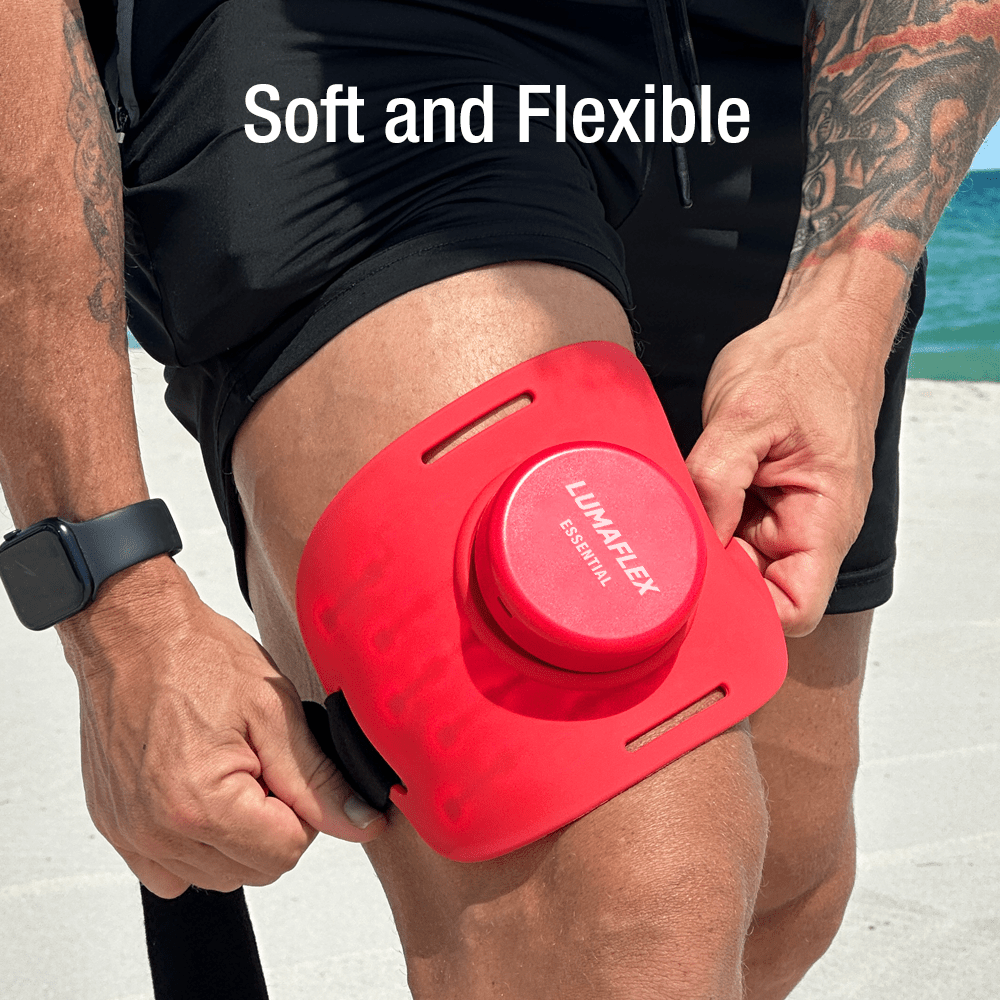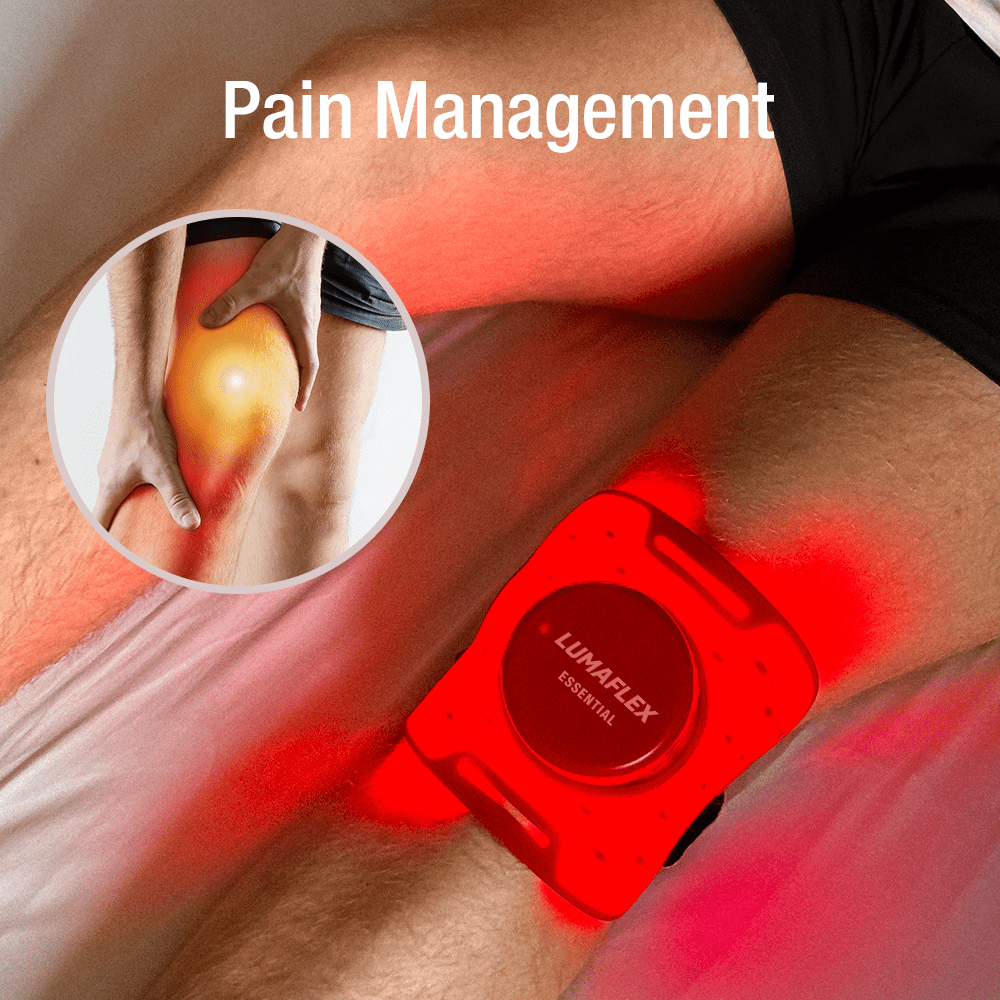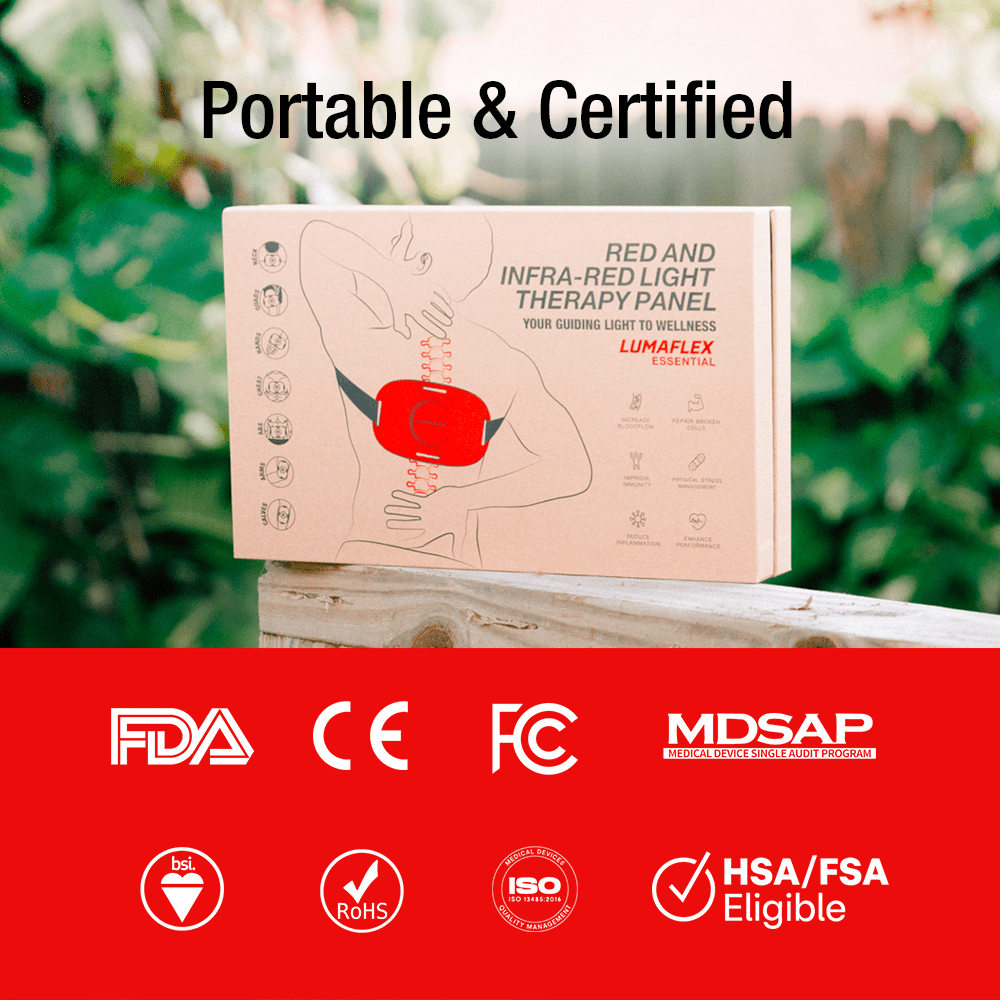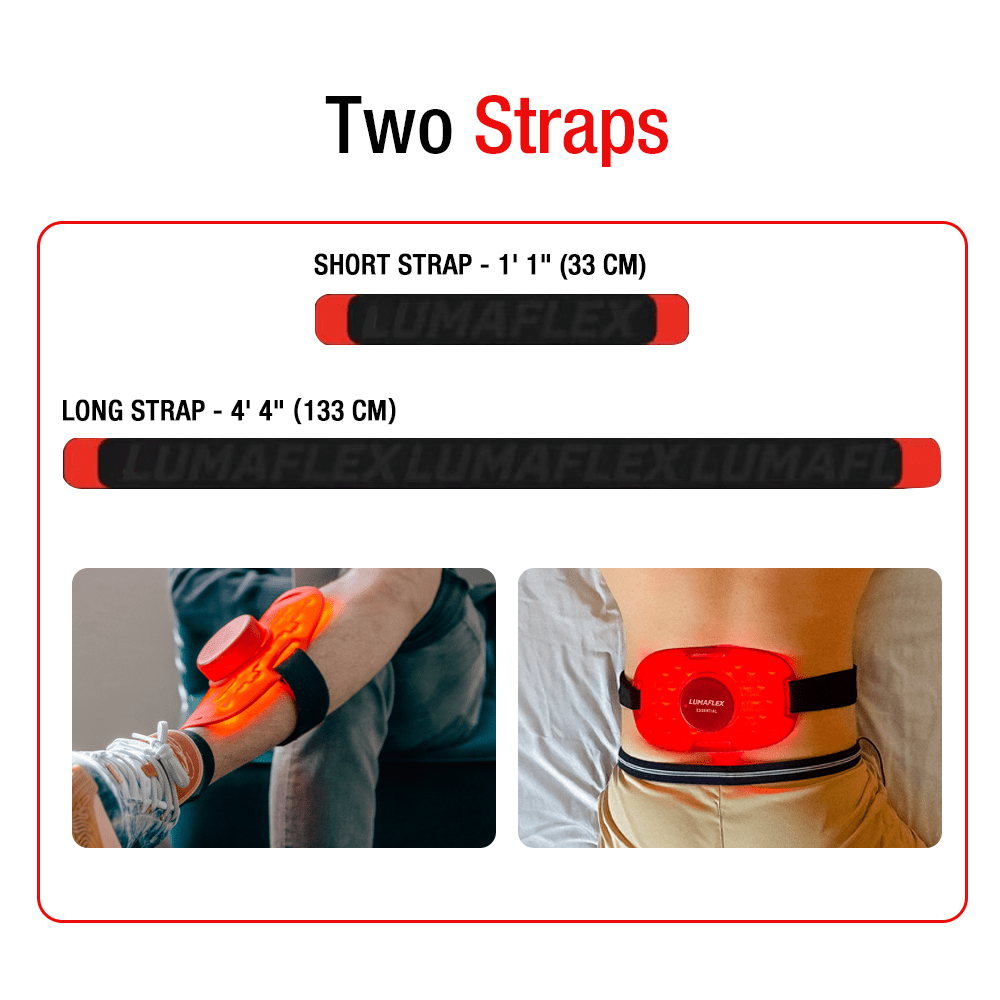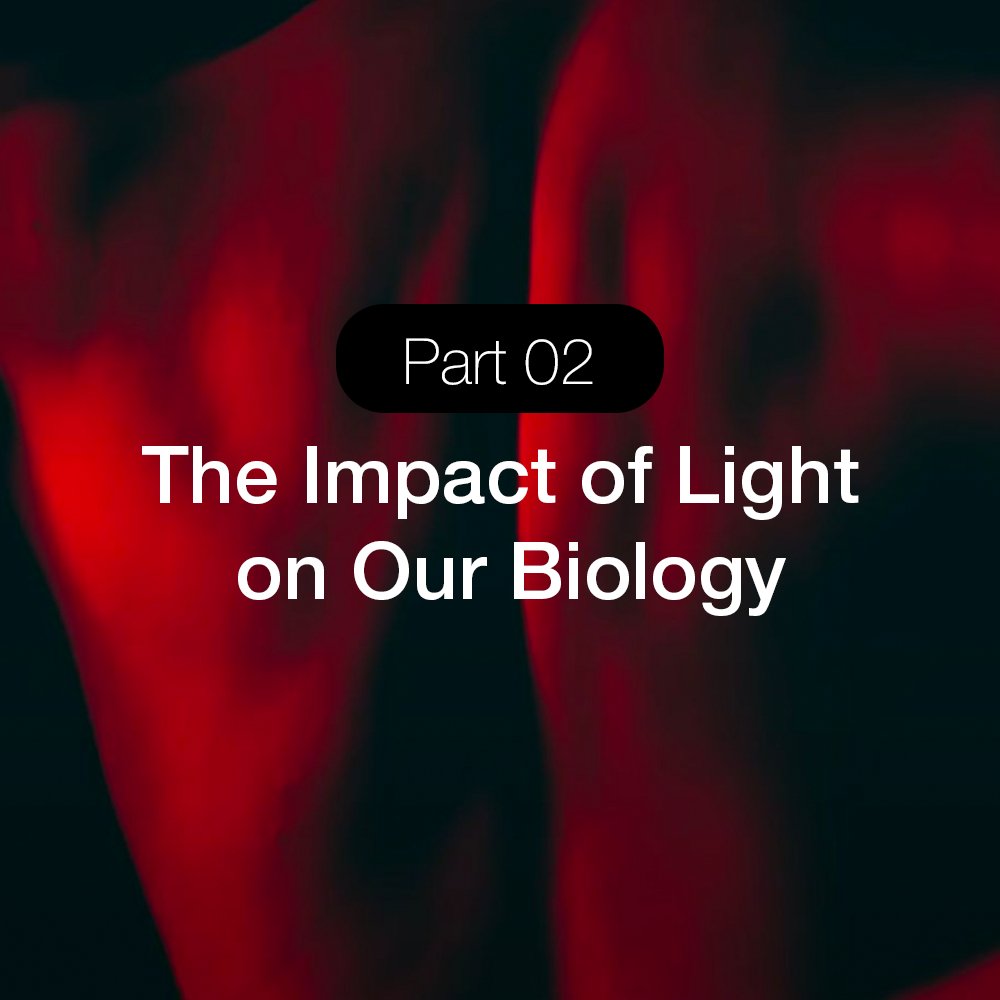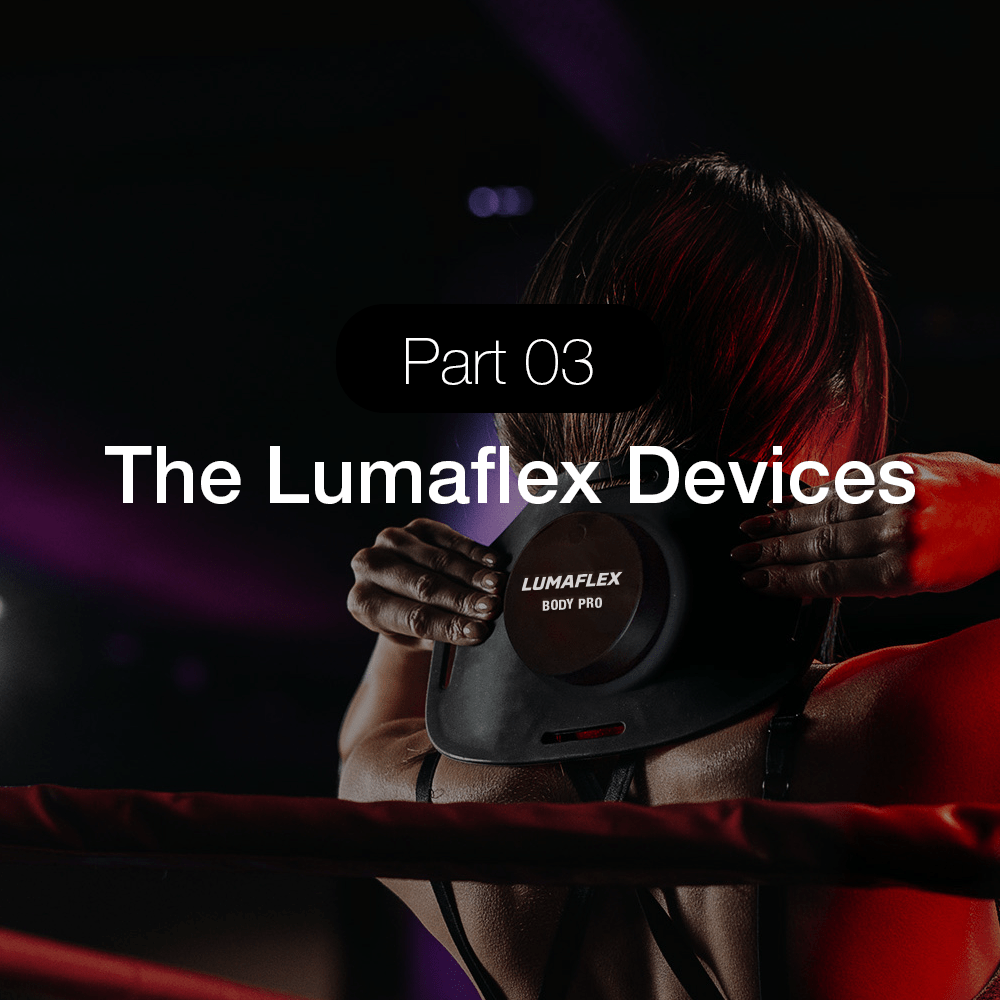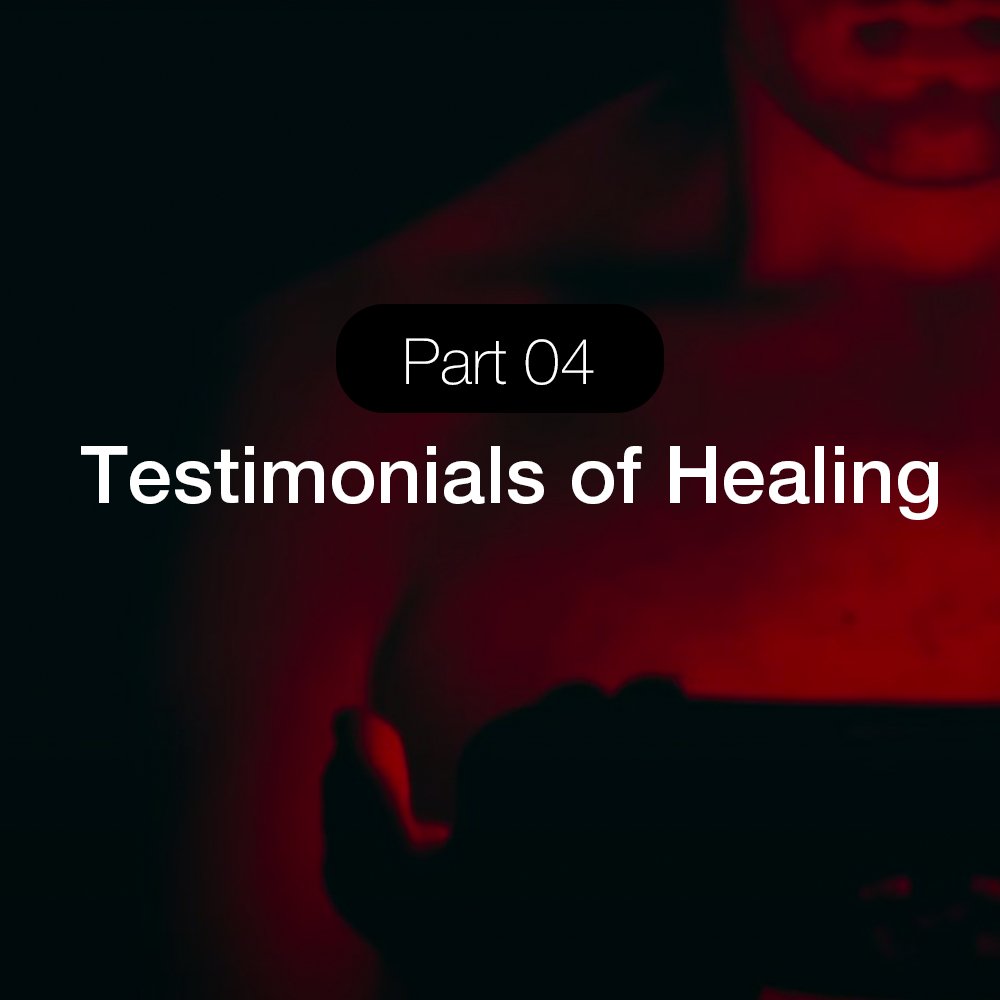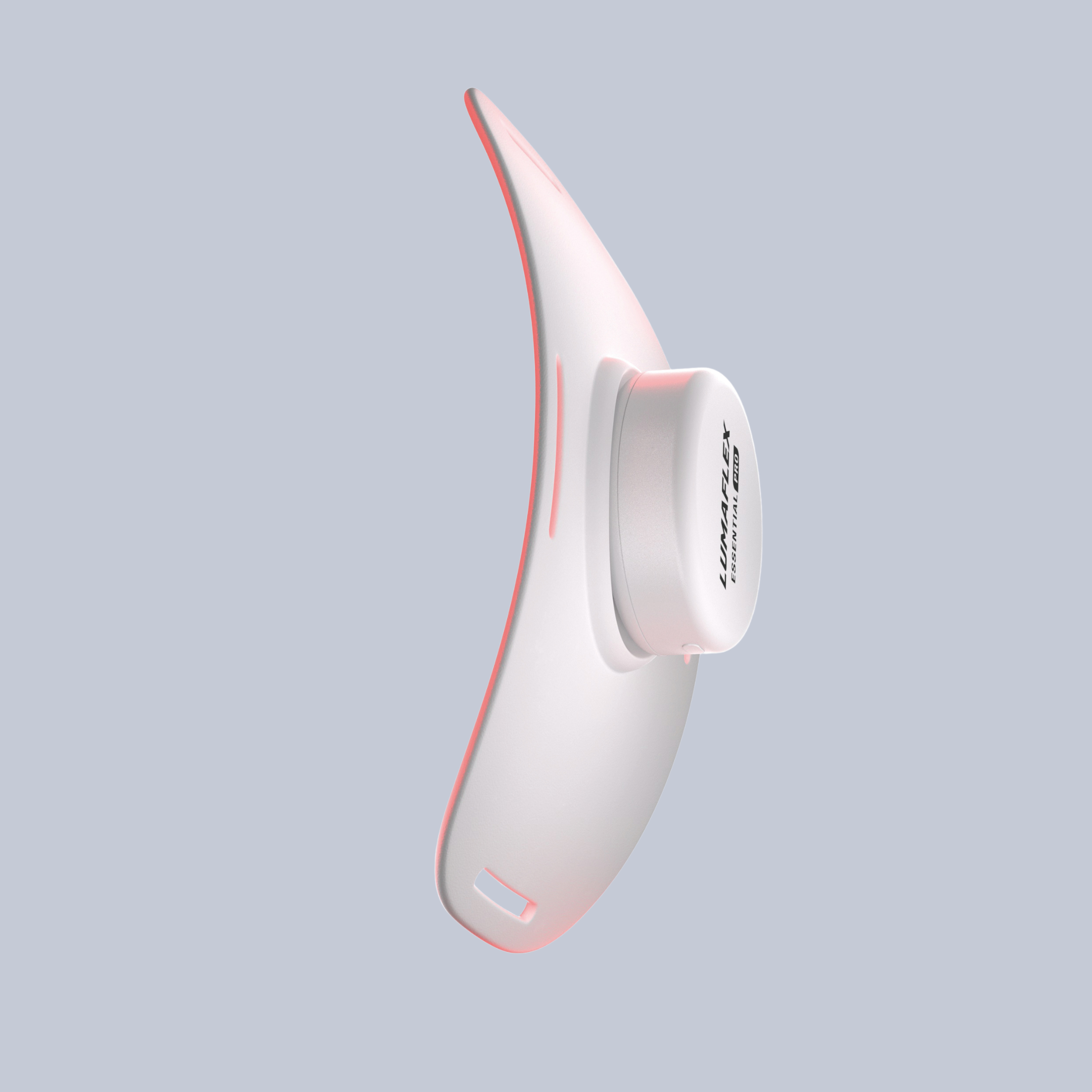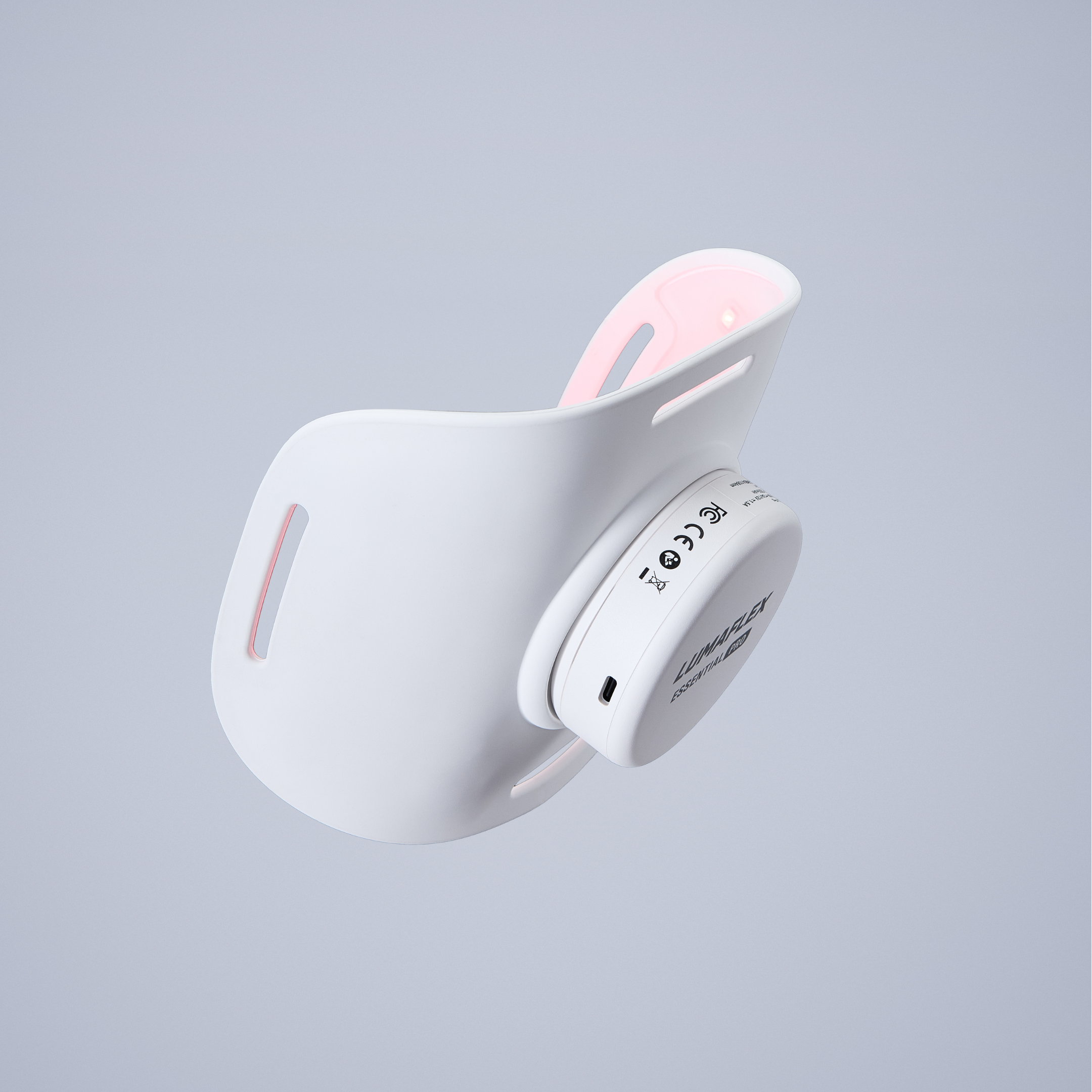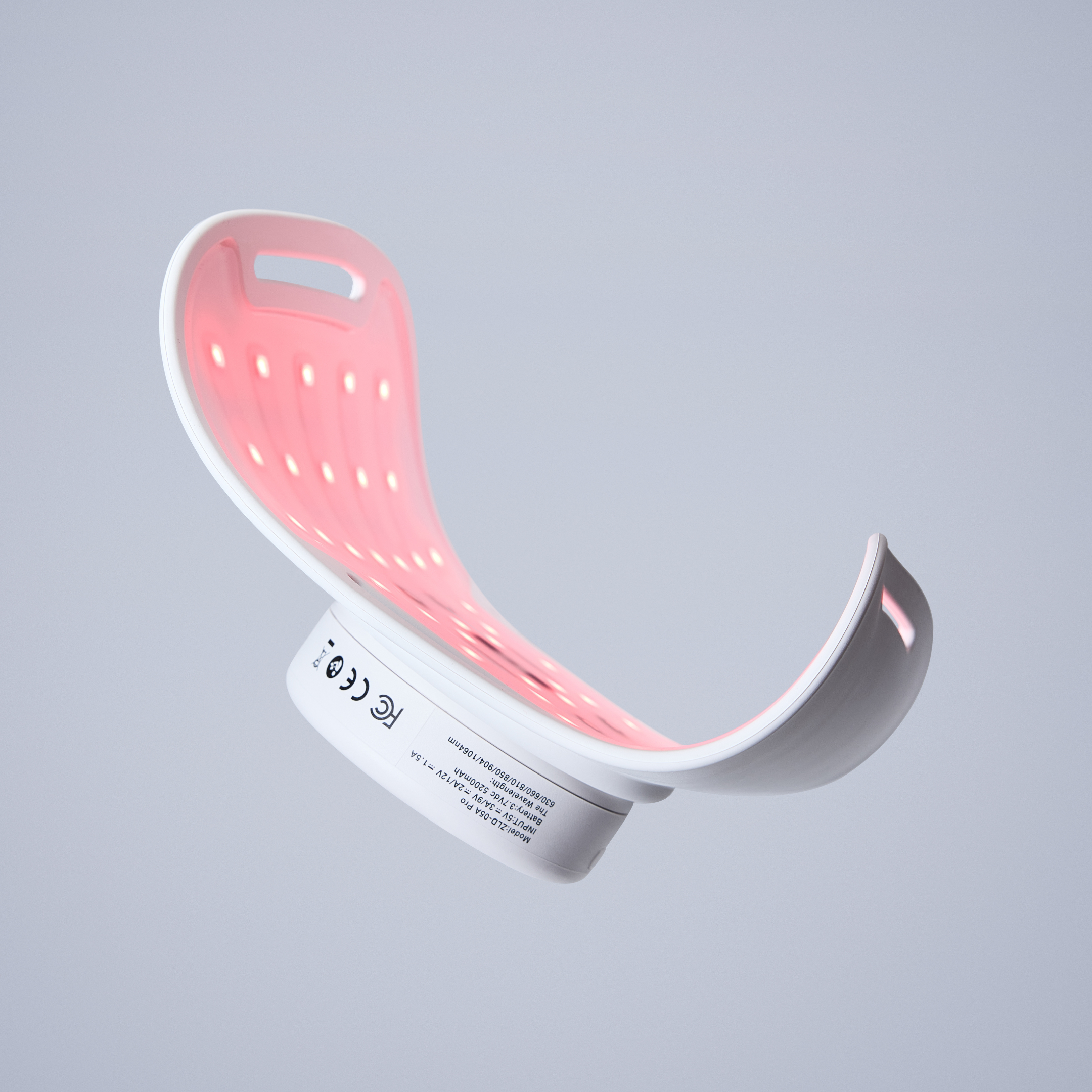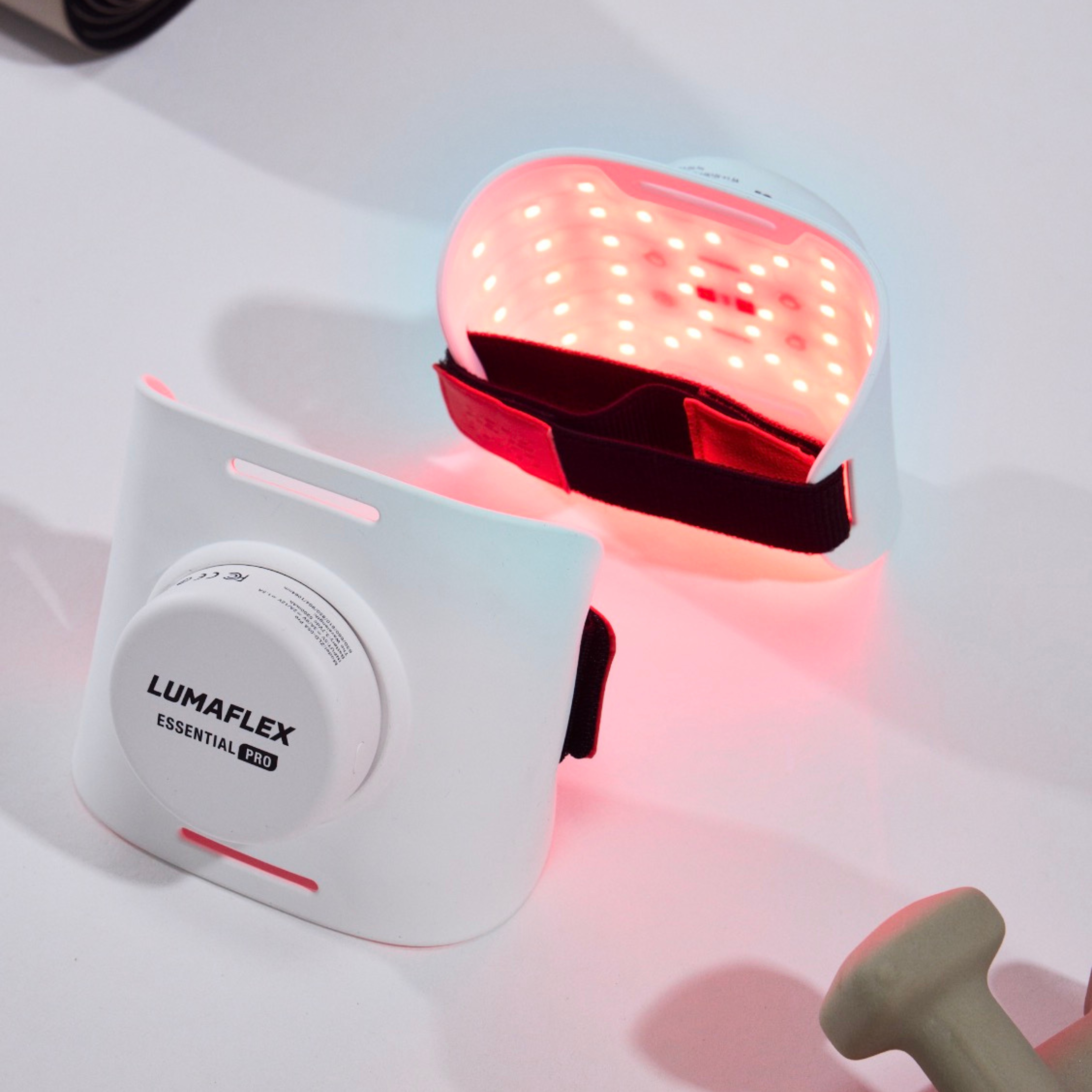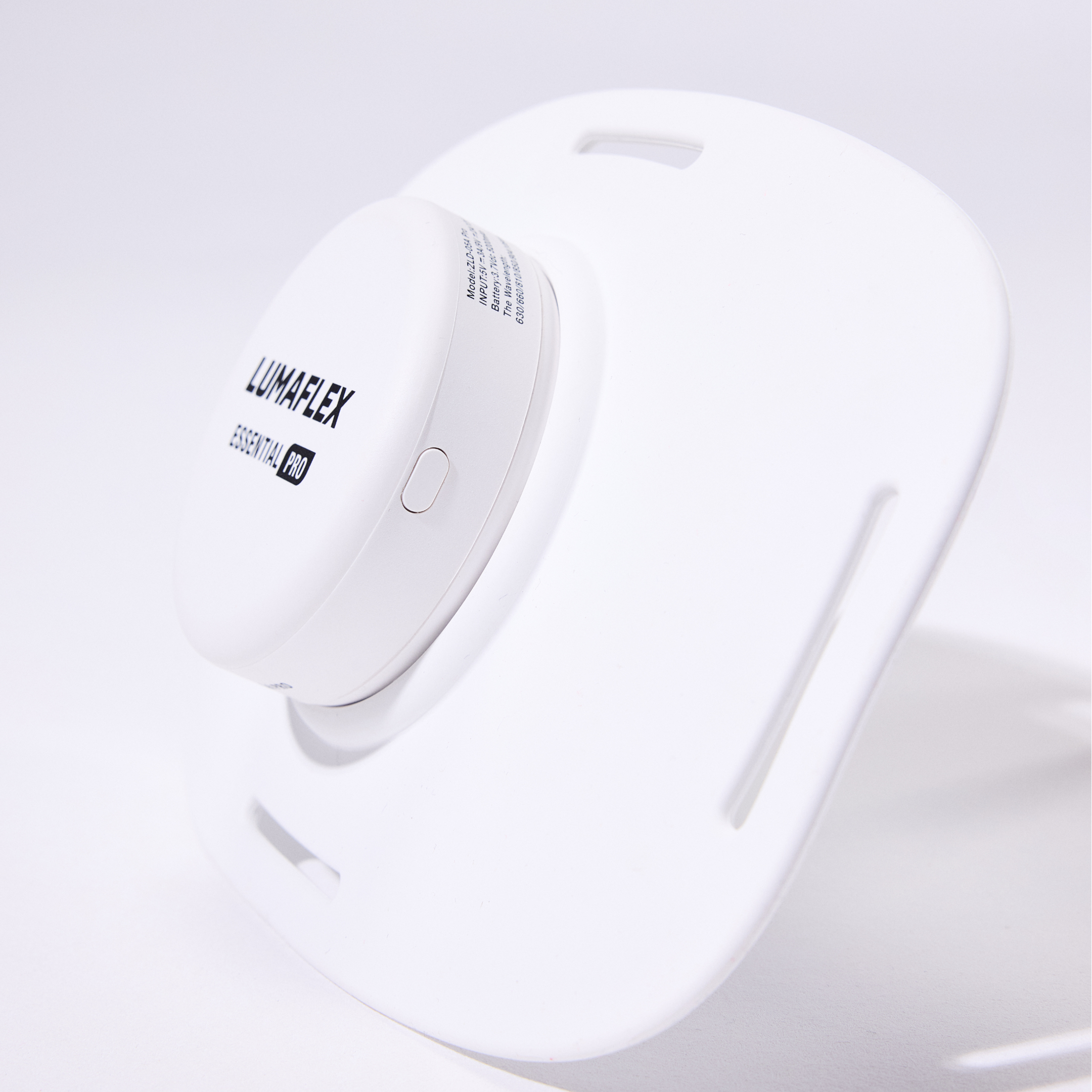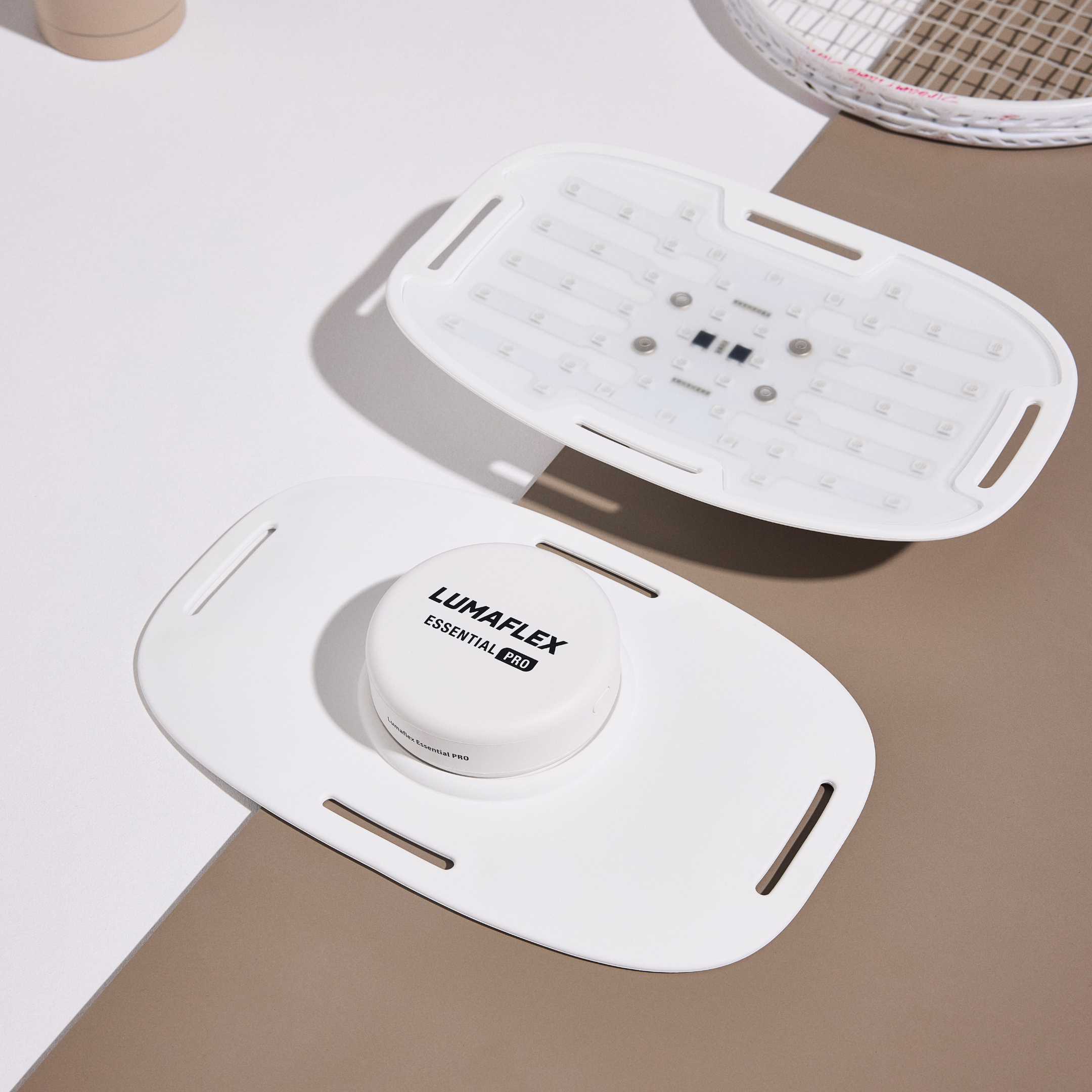How Long to Use Red Light Therapy on Face: Guide

How Long to Use Red Light Therapy on Face: The Complete Guide
How Long to Use Red Light Therapy on Face? When I first started using red light therapy on my face, I wasn’t sure how long each session should last. Should it be five minutes or twenty? At first, it felt like guesswork. After experimenting with different routines and reading through clinical research, I discovered that the secret isn’t in doing more time but in using it consistently and correctly.
Red light therapy works by sending gentle, targeted wavelengths of light into your skin to boost cellular energy. The first changes you notice are subtle. Less redness, a smoother texture, and a healthy glow that appears after a few days of steady use. With regular sessions over several weeks, fine lines start to soften, and your skin looks noticeably firmer and brighter.
The real difference comes from balance and routine. Overuse can leave your skin slightly flushed, but the right timing helps it rebuild and restore itself naturally. In this guide, I’ll share how long to use red light therapy on face, how often to apply it, and how Lumaflex devices can help you achieve professional-quality results safely at home.
Table of contents
What Is Red Light Therapy and How Long to Use Red Light Therapy on Face for Results
Red light therapy uses gentle wavelengths of light, usually between 630 and 660 nanometers, to reach the deeper layers of your skin. When the light interacts with your cells, it activates the mitochondria, which are responsible for producing energy. This boost in energy increases the production of adenosine triphosphate (ATP), helping skin cells repair damage, produce new collagen, and maintain healthy elasticity.
Understanding how long to use red light therapy on face helps you balance exposure time with optimal skin repair.
The results build gradually. With consistent sessions, red light therapy can smooth fine lines, reduce redness and inflammation, and even calm acne. Many people also notice better skin texture and a more even tone as circulation improves and the skin becomes more resilient.
These effects are well supported by research. A 2025 study in Lasers in Medicine found that red light therapy enhanced collagen density and improved overall skin texture after several weeks of use. Another 2023 study published in the Skin Research and Technology reported measurable improvements in skin firmness and reduced wrinkle depth, reversing aging among regular users.
Red light therapy helps your skin function at its natural best. Instead of covering up imperfections, it encourages your skin to heal, renew, and maintain a healthy balance from within. Knowing how long to use red light therapy on face depends partly on how these wavelengths interact with your skin cells
How Long to Use Red Light Therapy on Face for Each Session?
Finding the optimal red light therapy time for your face depends on the type of device you use and how your skin responds. Most experts recommend sessions that last between 10 and 20 minutes. This window allows enough light to reach the deeper layers of your skin without causing irritation or overstimulation.
If you are using a high-power professional device, even five to ten minutes may be enough to achieve visible results. Home devices, which use gentler light output, usually require 15 to 20 minutes for the same benefits.
When determining how long to use red light therapy on face, session length depends on your device’s power output.
For beginners, it helps to start slowly. Begin with shorter sessions of about five to ten minutes and gradually increase the duration as your skin adjusts. Pay attention to how your skin feels afterward. A mild warmth or slight pink tone is normal. Those who extend sessions beyond how long to use red light therapy on face safely might experience temporary redness or tightness.
As a general rule, how long to use red light therapy on face safely falls between 10 to 20 minutes.
Consistency is far more important than intensity. Regular sessions over several weeks encourage better collagen production, smoother texture, and a natural glow without overworking the skin.
How Often to Use Red Light Therapy on Face and for How Long?
Once you understand how long to use red light therapy on face per session, the next step is setting a consistent weekly schedule.
Through both research and personal experience, one thing becomes clear: how often you use red light therapy matters just as much as how long each session lasts. Most people see the best results with three to five sessions a week. This schedule gives your skin enough stimulation to activate repair and collagen production without overdoing it.
If you are using red light therapy for acne, aim for three to four sessions each week until breakouts calm down. Once your skin clears, one or two maintenance sessions weekly are usually enough to keep inflammation under control.
For anti-aging goals, such as reducing fine lines or improving tone, three sessions a week is an ideal place to start. After six to eight weeks, you can shift to two or three sessions per week to maintain firmness and glow.
In my own testing, and according to clinical studies, consistency tends to matter more than intensity. High-power or professional devices can deliver faster effects, but even gentle at-home treatments work well when used regularly. Following your device’s specific instructions is always the safest way to achieve steady progress without irritation.
Red light therapy works best when it becomes part of your regular skincare rhythm rather than an occasional boost. Once you find how long to use red light therapy on face comfortably, maintaining regular frequency delivers steady results.
Next, let’s look at how to fit these sessions naturally into your daily skincare routine so your skin gets the most out of every minute of light exposure.

Integrating Red Light Therapy Into Your Skincare Routine
Red light therapy works best when it becomes part of a consistent skincare rhythm instead of an occasional add-on. Your routine timing affects how long to use red light therapy on face effectively, whether you prefer morning or evening sessions. Through my own testing and research, I’ve found that timing makes a real difference in how your skin responds.
Morning sessions tend to energize the skin and reduce puffiness. When I use my device early in the day, it helps wake up my complexion and gives me a more even tone before I start work. It’s subtle, but noticeable enough that skipping it feels like skipping my coffee.
Evening sessions are when I see the most recovery benefits. Skin naturally repairs itself overnight, and using red light before bed seems to boost that process. It pairs especially well with retinol or peptide serums, which already support cell renewal. My skin feels calmer and looks smoother the next morning when I follow this routine.
Before I start a session, I always make sure my face is clean. Heavy oils or reflective products can block the light, so I keep it simple: cleanse, pat dry, and start the treatment. Afterward, I apply a light serum or moisturizer to lock in hydration.
Here’s a structure that works well for me:
Morning: Cleanse → Serum → Red Light Therapy → Moisturizer → SPF
Evening: Cleanse → Serum → Red Light Therapy → Night Cream
Over time, I noticed that combining red light therapy with antioxidant or peptide serums gave me the best results. The improved circulation and collagen support from the light seem to help those ingredients absorb and perform better.
After about three weeks of consistent use, I began seeing a steady improvement in texture and tone. My skin felt smoother, looked a little firmer, and recovered faster from shaving irritation. It wasn’t an overnight change, but it built week by week, which made it easy to stay consistent. I found that tracking how long to use red light therapy on face each session helped prevent irritation while maximizing glow.
For me, red light therapy has become more than a skincare step. It’s part of how I maintain healthy skin without overcomplicating my routine. When used thoughtfully and regularly, it feels less like a gadget and more like a reliable, science-backed tool that supports my skin’s natural balance.
Meet Lumaflex Devices: At-Home Red Light Therapy for Skin Recovery
When I first started using red light therapy, what stood out to me about Lumaflex devices was how they delivered professional-quality results without needing a clinic visit. Each device focuses on precise light wavelengths that help the skin repair, strengthen, and maintain balance. Over time, I’ve found that each Lumaflex device provides clear guidance on how long to use red light therapy on face depending on your skin goals.
Here’s how the main devices fit into real skincare routines:
Lumaflex Essential
The Essential is ideal for targeted care. It uses dual wavelengths of 630nm and 850nm to stimulate collagen and improve circulation in smaller areas like the lips, cheeks, or jawline. Its compact design makes it easy to use when I want to focus on fine lines or calm irritation after shaving. Short, consistent sessions make a noticeable difference in texture and tone.

Lumaflex Essential Pro
The Essential Pro takes things further with six wavelengths — 630nm, 660nm, 810nm, 850nm, 904nm, and 1064nm. I reach for it when I’m working on post-breakout recovery or evening out larger areas of skin tone. Its adjustable settings make it easy to personalize how long to use red light therapy on face depending on your sensitivity, and the stronger LED array helps me see faster results with regular use.

Lumaflex Body Pro
When I wanted to treat beyond my face, the Body Pro made that possible. It covers broader areas like the neck, chest, or shoulders and uses the same therapeutic red wavelengths as the smaller devices. I like that it’s app-supported and waterproof, which makes it easy to fit into a morning or post-workout routine. With consistent use, I noticed smoother, less dry skin in places that usually needed more attention.

Lumaflex Radiate Mask (Coming Soon)
The Radiate Mask is the next step in Lumaflex’s approach to at-home facial rejuvenation. It’s designed to combine 630nm and 660nm wavelengths with adjustable pulse settings that match your skin’s recovery rhythm. While it’s not yet available, early previews suggest it will offer full-face coverage with the same comfort and precision the brand is known for. I’m looking forward to seeing how it fits into daily skincare once it launches.

When I first started using red light therapy, what stood out to me about Lumaflex devices was how they delivered professional-quality results without needing a clinic visit. Each device focuses on precise light wavelengths that help the skin repair, strengthen, and maintain balance. Over time, I’ve found that each Lumaflex model brings something unique to the table, depending on what your skin needs.
Safety Tips: How Long to Use Red Light Therapy on Face Without Overdoing It
Red light therapy is generally safe for most skin types, but how you use it makes all the difference. From experience, I’ve found that a few small precautions can help you get consistent results without irritation or setbacks.
Protect your eyes if they’re sensitive. Even though most devices are designed to minimize light exposure to the eyes, wearing protective goggles can make long sessions more comfortable.
Do a quick patch test first. Try the light on a small area of skin to check for any unusual redness or sensitivity before treating your full face.
Follow the recommended session time. More time under the light does not mean faster results. Overuse can lead to mild irritation, especially during your first few weeks.
Avoid active skin issues. Skip treatment on open wounds, active breakouts, or infections until your skin heals.
Check with your dermatologist if you’re pregnant or on medications that increase light sensitivity. Most people can safely use red light therapy, but it’s always best to confirm if you’re unsure.
If you’re experimenting with how long to use red light therapy on face, start slow and follow your device’s guide to avoid overexposure. When used correctly, it becomes a safe and reliable part of your skincare routine.
Common Questions About How Long to Use Red Light Therapy on Face
Can I use red light therapy every day?
Yes, but remember that how long to use red light therapy on face each day should stay within your device’s recommended time. From experience, daily sessions help maintain skin balance and keep inflammation down. If you’re using a higher-intensity or professional device, limit use to a few times per week to prevent overstimulation.
How long before I see results?
Most people start noticing visible improvements after 4 to 6 weeks of consistent use. Skin feels smoother, fine lines soften, and acne or redness often begins to fade sooner. Consistency matters more than intensity, so stick to your routine for lasting results.
Can I combine red light therapy with retinol or other serums?
Yes. Apply red light therapy on clean, dry skin before using retinol or active treatments. For sensitive skin, use antioxidant or peptide serums before therapy instead. This combination supports collagen repair and reduces potential irritation from stronger ingredients.
Does red light therapy work for all skin types?
It does. Red light therapy is safe for all skin types, including sensitive, dry, oily, and combination skin. Because it’s non-invasive and gentle, it can be used to calm irritation or redness in even the most reactive complexions.
Is there a maximum safe session duration?
For at-home devices, the maximum safe session time is typically 20 minutes per treatment area. Longer exposure won’t speed up results and can sometimes cause temporary redness. Follow your device’s instructions for the safest and most effective use.
Putting It All Together: How Long to Use Red Light Therapy on Face for Lasting Results
By now, you should have a clear understanding of how long to use red light therapy on face and how often to do it for lasting results.. When I first started using red light therapy on my face, I learned that results don’t come from long sessions or complicated routines. What really made a difference was keeping it simple and consistent. The skin responds best to steady, repeatable exposure rather than overdoing it once in a while.
Through both personal experience and research, the most effective approach looks like this:
Session length: 10 to 20 minutes per treatment area
Frequency: 3 to 5 times per week for best results
Maintenance: 2 to 3 sessions per week once your skin begins to improve
Before each session, I always start by cleansing my face to remove oil or sunscreen. That ensures the light can reach the skin evenly. Afterward, I apply a hydrating serum or moisturizer to support recovery. In the morning, I follow up with sunscreen to protect the skin I just helped strengthen.
Using Lumaflex devices made it easier to stay consistent. The Lumaflex Essential worked well for focused treatment around my jawline and cheeks, while the Body Pro helped when I wanted to extend care to my neck and shoulders. These devices are simple to use and give professional-level exposure at home. I’ve also had the chance to preview the upcoming Lumaflex Radiate Mask, designed specifically for facial rejuvenation. It looks like it will take this daily practice to another level once released.
Over time, this approach helped my skin feel firmer, calmer, and more balanced. Redness reduced, fine lines softened, and my overall tone looked more even. The key was consistency. Red light therapy doesn’t deliver overnight miracles, but it does create steady, visible progress when you commit to it.
Still unsure how long to use red light therapy on face for your skin type? You can take the Lumaflex Device Quiz to find your best match based on your skin goals and lifestyle. It’s a quick way to get personalized recommendations before you start your own red light therapy routine.

